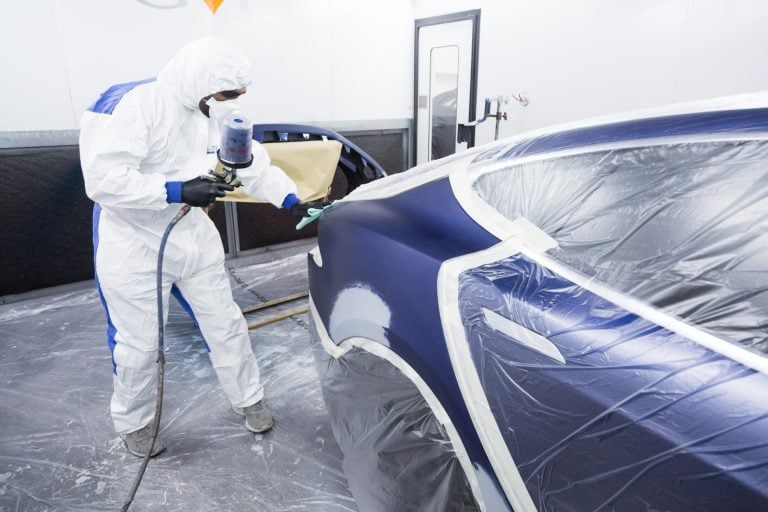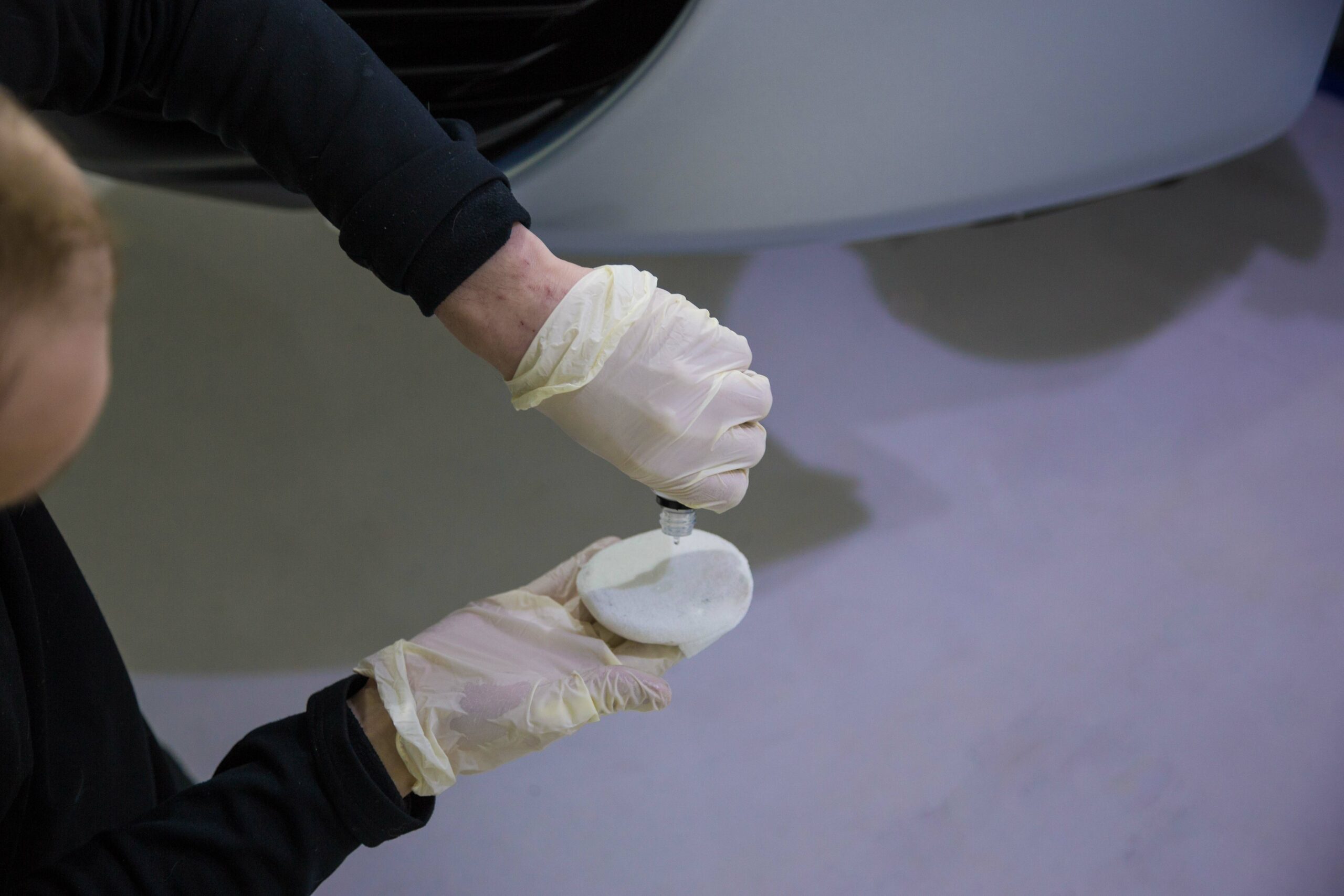- Detailing Case Studies
Ceramic Coating vs. Traditional Wax: Which is Better for Your Supercar? | GVE London – Blog
Avoid these costly mistakes when detailing your supercar to preserve its value and appearance. Use the right products, pre-wash, dry properly, and maintain regularly.
When it comes to protecting and enhancing the appearance of your supercar, you have a range of options. Among the most popular choices are ceramic coating and traditional wax.
Each has its merits, but understanding their differences can help you decide which is best suited for your high-performance vehicle. Let’s delve into the key factors that differentiate ceramic coatings from traditional waxes and determine which is the superior option for your supercar.
Ceramic Coating Vs. Traditional Wax – Which is the Better Choice?
Protection and Durability
Ceramic Coating: Ceramic coating offers superior protection compared to traditional wax. Composed of silicon dioxide (SiO2), these coatings form a durable, chemical-resistant layer on your vehicle’s paint. This layer acts as a shield against environmental contaminants such as road salts, acid rain, bird droppings, and UV rays. Ceramic coatings are highly resistant to scratches and chips, and they can last anywhere from 2 to 5 years or even longer with proper maintenance.
Traditional Wax: Wax, often made from natural carnauba or synthetic materials, provides a protective layer on your vehicle’s surface but lacks the durability of ceramic coatings. While it does offer some protection against UV rays and contaminants, traditional waxes are less effective against harsher environmental factors and typically need reapplication every few months.
Appearance & Shine
Ceramic Coating: One of the standout features of branded ceramic coatings is their ability to enhance the gloss and depth of your supercar’s paint. The coating forms a hydrophobic surface that repels water, leading to a sleek, shiny finish. The glossy appearance achieved with ceramic coatings is often more pronounced and long-lasting than that of traditional wax.
Traditional Wax: Wax also enhances your car’s appearance by adding depth and a warm glow to the paint. However, this effect can be short-lived as wax tends to degrade over time. Although traditional wax can provide an immediate shine, it often requires frequent reapplications to maintain that showroom-quality look.
Read Also: PPF vs Ceramic Coating: Which One Should You Choose?
Maintenance & Ease of Application
Ceramic Coating: The benefits of ceramic coatings is more complex and time-consuming compared to traditional wax. It usually requires thorough paint preparation, including washing, claying, and polishing to ensure a clean surface. Professional application is often recommended to achieve optimal results. Once applied, ceramic coatings are low-maintenance; they resist dirt and contaminants, making regular cleaning simpler. A gentle wash is generally sufficient to keep the coating in top condition.
Traditional Wax: Applying wax is relatively straightforward and can be done at home with minimal preparation. It involves applying a thin layer of wax, letting it haze, and then buffing it off. However, because traditional wax wears off relatively quickly, it requires regular reapplication—every few months—to maintain its protective and aesthetic benefits. Some people do it themselves while some visit a supercar detailing centre like GVE London for maintenance.
Cost Considerations
Ceramic Coating: Ceramic coatings tend to be more expensive than traditional wax, both in terms of product cost and professional application fees. However, this higher initial investment can be offset by long-term protection and reduced maintenance costs. With a ceramic coating, you might only need to apply the coating once every few years, making it a cost-effective option over time.
Traditional Wax: Wax is less expensive and more accessible, making it an attractive option for those looking for a quick and budget-friendly solution. The lower upfront cost is appealing, but the need for frequent reapplications can add up over time, potentially making it less economical in the long run.
Overall Value
Ceramic Coating: For supercar owners seeking the best in long-term protection, durability, and a high-gloss finish, ceramic coatings are the superior choice. They provide a robust defence against environmental damage and simplify maintenance with their hydrophobic properties. The long-lasting nature of ceramic coatings makes them an ideal investment for maintaining the pristine condition of a high-end vehicle.
Traditional Wax: If you’re looking for a more affordable, do-it-yourself option and don’t mind regular maintenance, traditional wax can still be effective. It provides a temporary shine and some protection but falls short of the long-term benefits and durability offered by ceramic coatings.
Conclusion
When deciding between ceramic coatings and traditional wax for your supercar, consider your priorities in terms of protection, appearance, maintenance, and cost. While ceramic coatings offer superior long-term protection and a high-quality finish, traditional wax provides a more affordable, albeit less durable, alternative.
Whether you want wax or ceramic coating applied to your vehicle for protection, make sure to visit the GVE London detailing centre for the best products and error-free installation by professionals. You even get wrapping, bodyshop repairs, servicing, custom modifications, etc for your supercars and luxury cars.
Frequently Asked Questions
Ceramic coatings are designed to last between 2 to 5 years, or even longer, depending on the quality of the product and maintenance. Traditional wax typically lasts for about 1 to 3 months before it needs to be reapplied.
Yes, ceramic coating can be worth the higher cost due to its superior protection, durability, and ease of maintenance. While the initial investment is higher, the long-term benefits and reduced need for frequent applications can make it a more cost-effective choice over time.
Vehicles with ceramic coatings require minimal maintenance. Regular washing with a gentle, pH-balanced car shampoo is usually sufficient to keep the coating in good condition. The hydrophobic nature of the coating helps repel dirt and contaminants, making cleaning easier.
Contact Us
"*" indicates required fields
OUR SERVICES
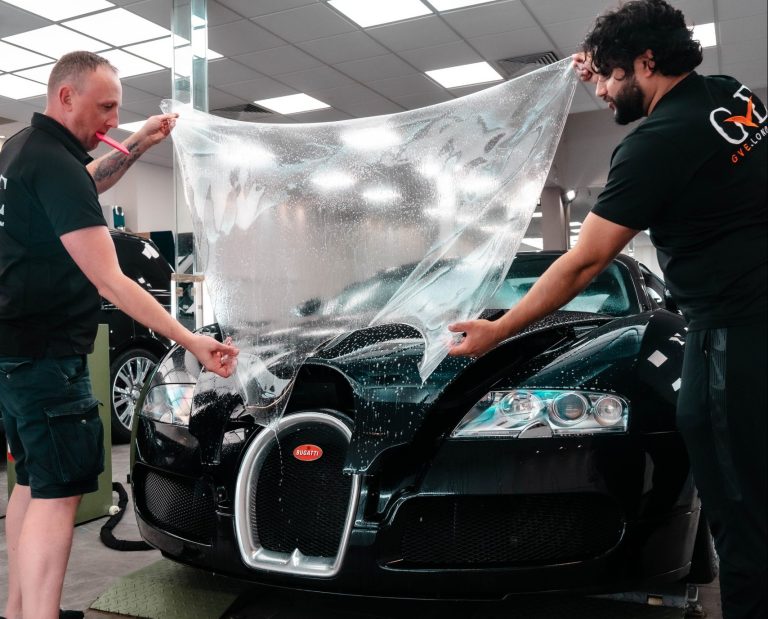
PAINT PROTECTION FILM
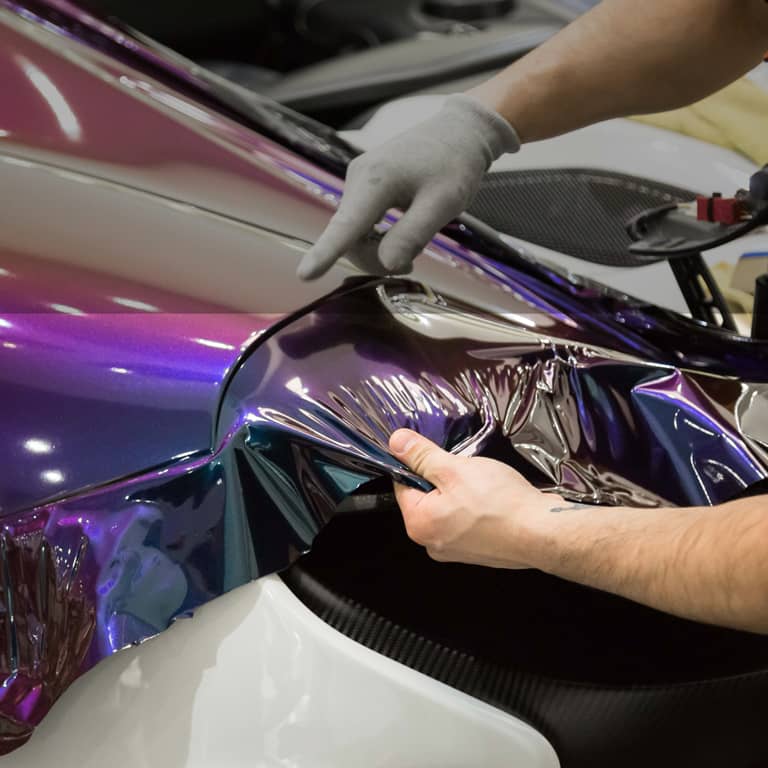
WRAPPING
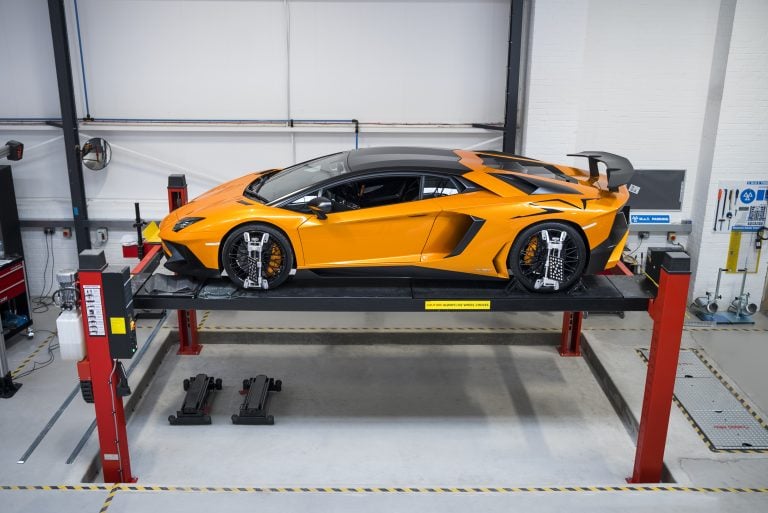
SERVICING
